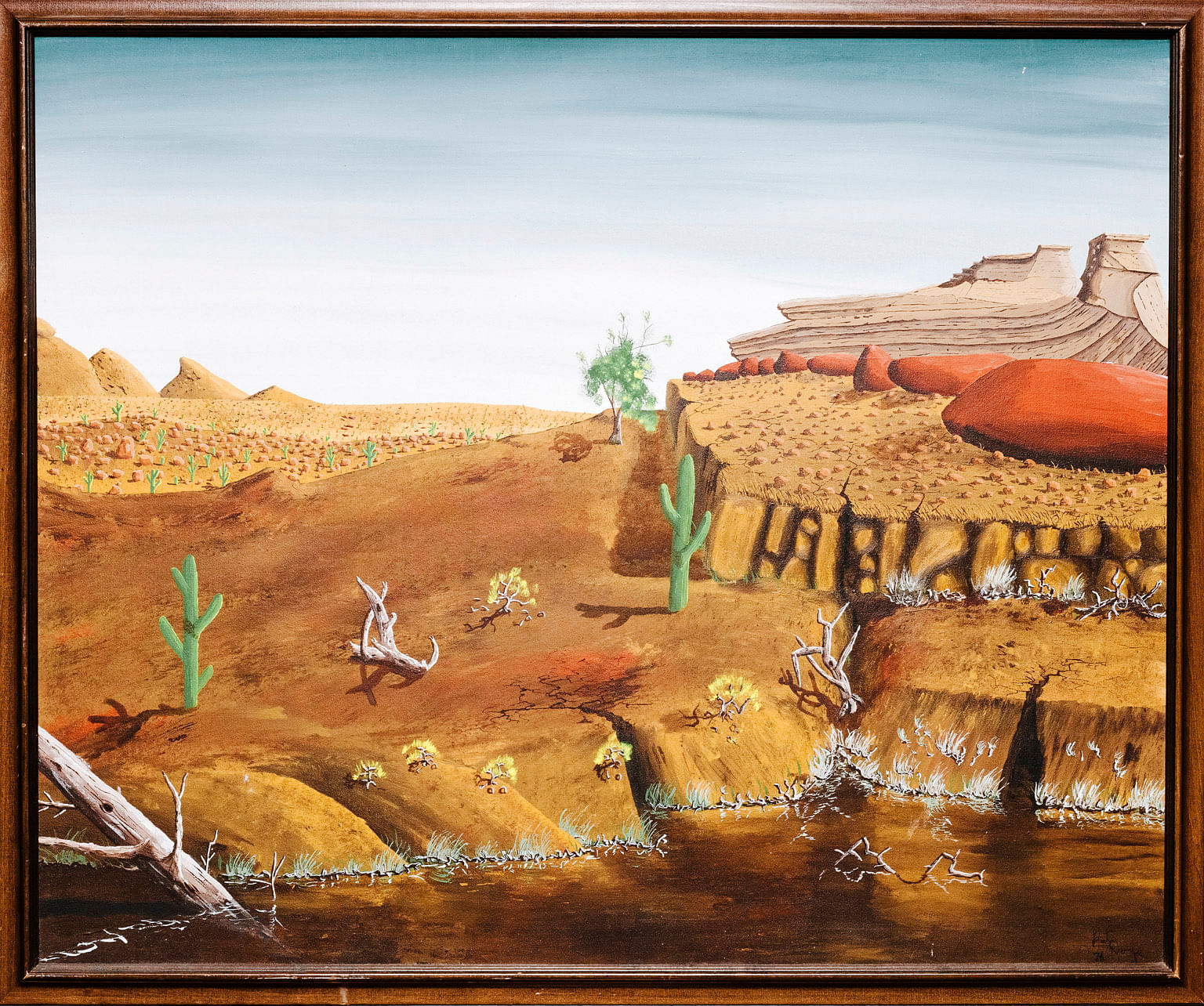NEW YORK • Celebrated artist Peter Doig did not create a 40-year- old landscape painting, despite the claims of a former prisons officer who owns it, a federal judge ruled on Tuesday.
As a result, he was not responsible for destroying the plaintiffs' plan to sell the work for millions of dollars.
The ruling, after seven days of heated and sometimes bizarre testimony in federal court this month in Chicago, would appear to end one of the stranger art-authentication cases in recent history.
It had pitted Doig, a well-known artist whose works routinely sell for US$10 million (S$13.5 million), against the owner of the painting and that man's art dealer.
They had accused him of falsely denying that he had created the work as a young man in Canada, thus scuttling their efforts to sell it.

"Peter Doig could not have been the author of this work," Judge Gary Feinerman said.
Doig, who was not in court but called in to hear the ruling, said he felt angry he had been forced to prove he had not painted the work. "I feel a living artist should be the one who gets to say yea or nay and not be taken to task and forced to go back 40 years in time. It was painstaking to piece this together," he said.
Doig, 57, who was born in Britain and grew up in Canada and Trinidad, has created haunted, magical landscapes that have made him one of the world's most popular contemporary artists.
During the trial, the former prison officer, Mr Robert Fletcher, sought to prove that the painting, an untitled acrylic on canvas of a rocky desert scene, signed "Pete Doige 76", was an early work by Doig.
Mr Fletcher said he met Doig in the 1970s when the artist was attending Lakehead University in Thunder Bay, Ontario.
According to Mr Fletcher, they met again when Doig was serving a brief sentence for LSD possession at a nearby correctional centre, where Mr Fletcher saw him create the painting.
Later, serving as Doig's parole officer, Mr Fletcher said he had helped the artist land a job through the Seafarers International Union and bought the painting for US$100.
Five years ago, a friend noticed the painting hanging on Mr Fletcher's wall and told him that the work was by a famous artist.
In 2013, Mr Fletcher and Mr Peter Bartlow, a Chicago art dealer who agreed to help him sell the painting, filed a suit in the United States District Court for Northern Illinois, arguing that Doig was denying authorship because of a vendetta against Mr Fletcher.
Seeking nearly US$8 million in damages and a court declaration that the work was authentic, Mr Fletcher testified during the trial that he felt disrespected by Doig because the artist did not show any gratitude to Mr Fletcher for setting him on a path towards fame and riches.
Doig told the court he had never attended Lakehead or been incarcerated. Instead, he and his lawyers said the work in question was painted by another man, Peter Edward Doige, who died in 2012.
One of Mr Doige's sisters produced evidence at trial that her brother had attended Lakehead University and testified that he was an inmate at the correctional centre, he liked to paint and the signature on the work was his.
A former art teacher at the centre also recalled watching it being painted by Mr Doige over at least five weeks between 1976 and 1977.
The judge's ruling said any similarities between the works were purely coincidental.
Had the decision gone against Doig, its effects would have reverberated throughout the art world, experts said.
Such a decision could have set an uncomfortable precedent, potentially emboldening others to claim that a seemingly familiar painting on a living room wall was in fact by a big-name artist.
Mr William F. Zieske, a lawyer for the plaintiffs, said they had not decided yet whether to appeal. "I still think the painting may be authentic," he said.
NEW YORK TIMES
